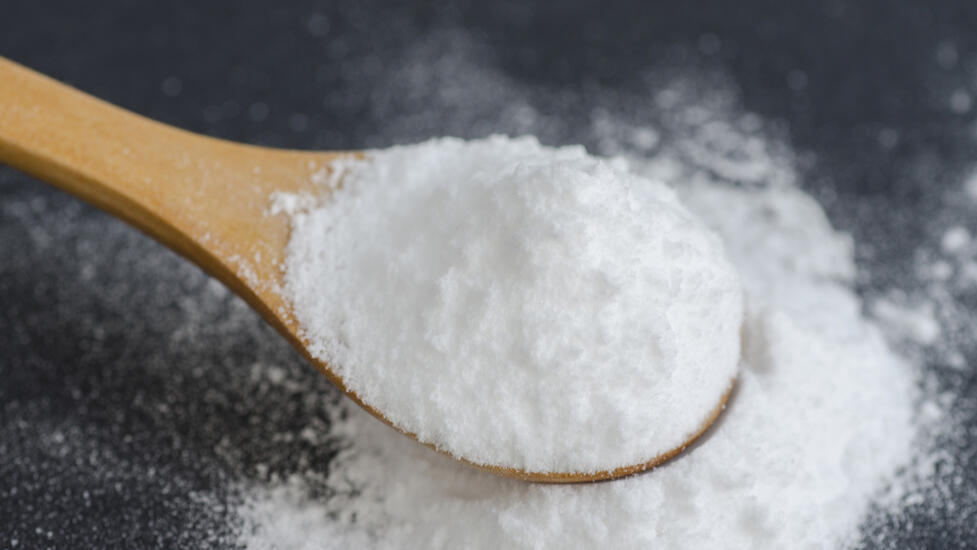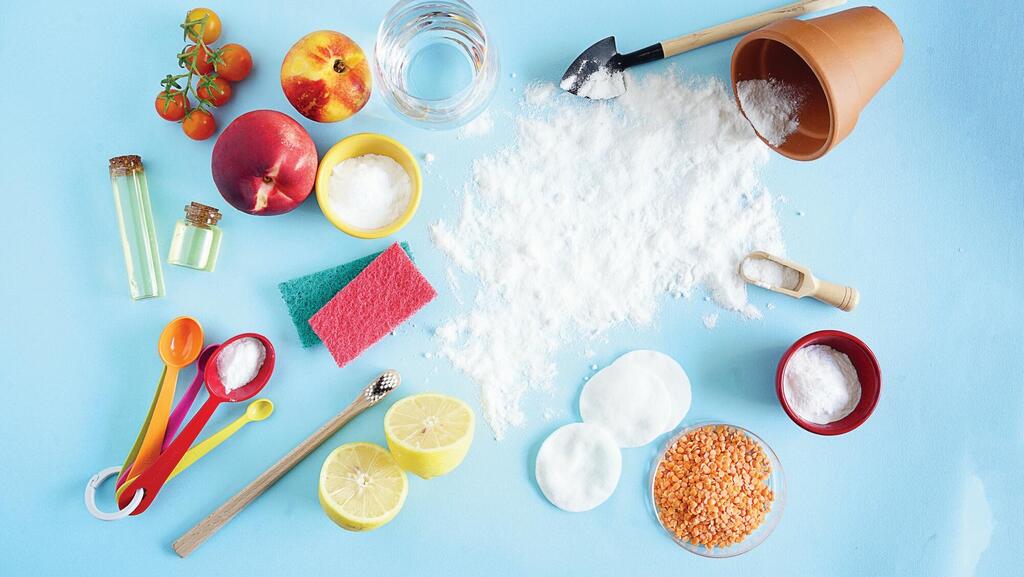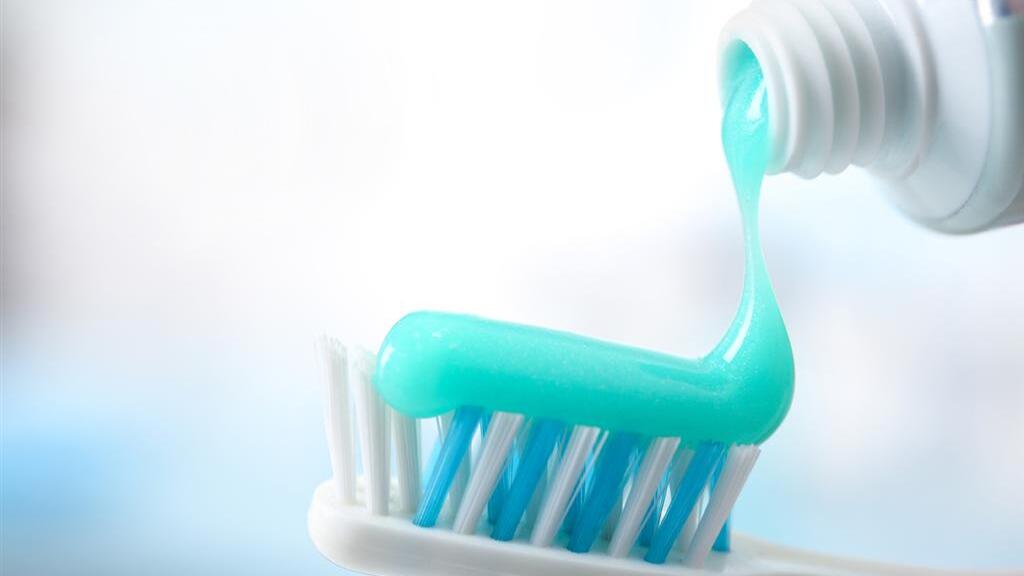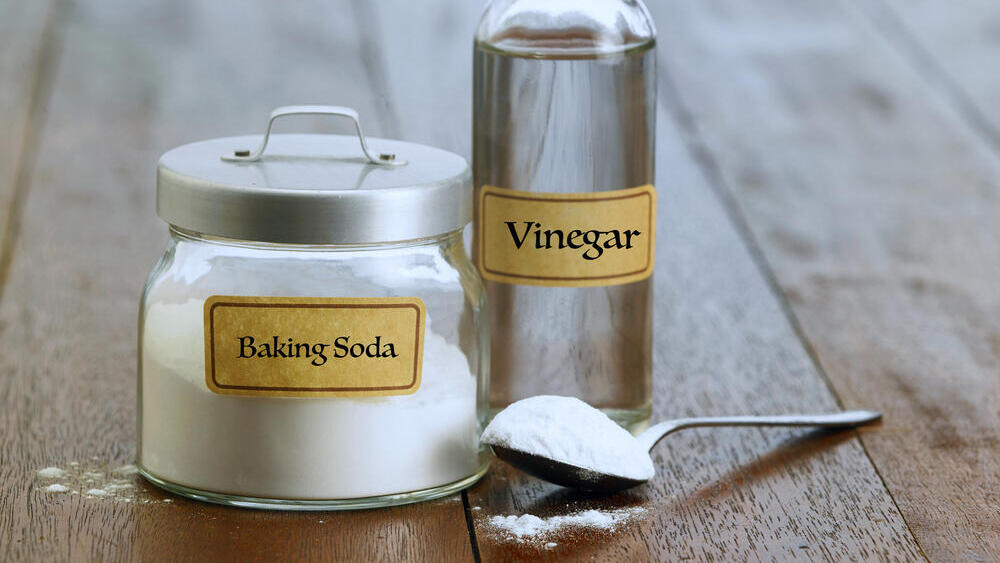Did someone tell you that you can use baking soda for more than just baking, for example as a deodorant or toothpaste? You are not alone.
A casual online scroll will render you with a list of dozens of marvelous qualities attributed to baking soda, including the unclogging of pipes, silverware cleaning, neutralization of bad odors from the refrigerator, moisture absorption in the basement and even for preventing cancer cells from spreading.
Is there a scientific basis for such claims, or are they baseless urban legends? Well then, to answer this question it is important to understand exactly what baking soda is, and which chemical reactions it can take part in.
Baking soda (sodium bicarbonate, NaHCO3) belongs to a group of substances termed “bases”, which are characterized by their tendency to “steal” the nuclei of hydrogen atoms in their surroundings.
That is in contrast to acids, which are characterized by their tendency to “donate” hydrogen nuclei to their surroundings. Thus, a solution containing a high concentration of acid also contains a high concentration of hydrogen; whereas a solution that contains a high concentration of a base, such as baking soda, will have a low hydrogen concentration.
The acidity level of a solution is commonly described by the pH scale: water has a pH of 7, which is considered neutral. A pH lower than 7 indicates acidity and a pH greater than 7 indicates a base.
Many of the properties of baking soda stem from the fact that it is in fact a base. For example, when we prepare a cake batter that contains baking soda and vinegar (acetic acid, CH3COOH), we take advantage of baking soda’s tendency to “steal” hydrogen from the vinegar - a reaction the two products of which are water and carbon dioxide. The production of gaseous carbon dioxide during the baking process makes the cake rise.
Another quality of baking soda is its ability to neutralize bad odors in the refrigerator, bathroom or armpits. Unlike air fresheners of different kinds, which release into the air molecules that stimulate a pleasant scent sensation by competing with the bad odor for the olfactory receptors in our nose, baking soda actually neutralizes bad odors.
How does it work? Bad odors can have a variety of sources, but in many cases, the source is certain types of acids that easily evaporate into the air. An example of that would be butyric acid, which is produced when bacteria break down fatty acids on the surface of our skin, or in butter and goat cheeses (when bacteria break down butter’s fatty acids, it means that the butter is spoiled. Stay away!).
When baking soda, which is a base, meets an acid perceived by us as smelly, it absorbs hydrogen atoms from the acid and changes its chemical composition in a manner that renders it less volatile and less smelly to our nose. This property endows baking soda with the illustrious ability to neutralize bad odors.
Naturally, bad odors that do not originate from acid will not be neutralized by this method. The same mechanism is responsible, at least partially, for baking soda’s ability to prevent sweat odors, and thus for the recommendation to use it as a deodorant.
The second part of the explanation for why baking soda can be used as deodorant lies in the fact that it raises the pH levels in the area in which it is present to a level that is unfriendly to bacteria. For example, applying baking soda to the armpit will result in a much higher pH than the acidic environment required by some bacteria, such as Brevibacterium epidermidis, for thriving.
Since bacteria are responsible for the breakdown of fatty acids and amino acids into smaller molecules with pungent smells, creating a hostile environment for the bacteria should also lead to a reduction in the odor. Hence also the reason for the recommendation to use baking soda as toothpaste substitute.
In the mouth, similar to the armpits, an acidic environment is a fertile ground for the growth of problematic bacteria growth, which can cause teeth cavities and other dire outcomes. Brushing your teeth with baking soda should lower the acidity levels in your mouth (that is, raise the pH) and by doing so, create an environment in which bacteria will find it difficult to thrive.
On the other hand, brushing your teeth too often with baking soda powder may result in severe erosion of the enamel layer of the teeth.
Baking soda not only helps prevent the development of bacterial colonies in our mouth: it can also help with removing stains from our teeth - as well as from laundry and kitchenware. Baking soda is, as previously mentioned, a base, and when it reacts with color molecules, it absorbs their hydrogen atoms, thus changing their molecular structure.
The change in the chemical structure causes a change in the light absorbance qualities of the molecules, and therefore to the fading of their characteristic color. For the same reason, baking soda can remove stains from clothing and dishes. Similarly, baking soda can also aid in removal of grease, by breaking down the fat molecules into smaller components that dissolve more easily in water.
The same principles that were described for baking soda are true for other bases, and indeed, basic substances are found in a variety of cleaning products. However, one should never attempt to try the aforementioned uses with other bases - some are much stronger than baking soda and may even be toxic and dangerous.
As far as baking soda goes, you are welcome to try and see if the tips are real, but don’t be surprised if a dedicated product does a better job. Most often than not, the substances that appear on the long list of ingredients on the label are there for a good reason.






